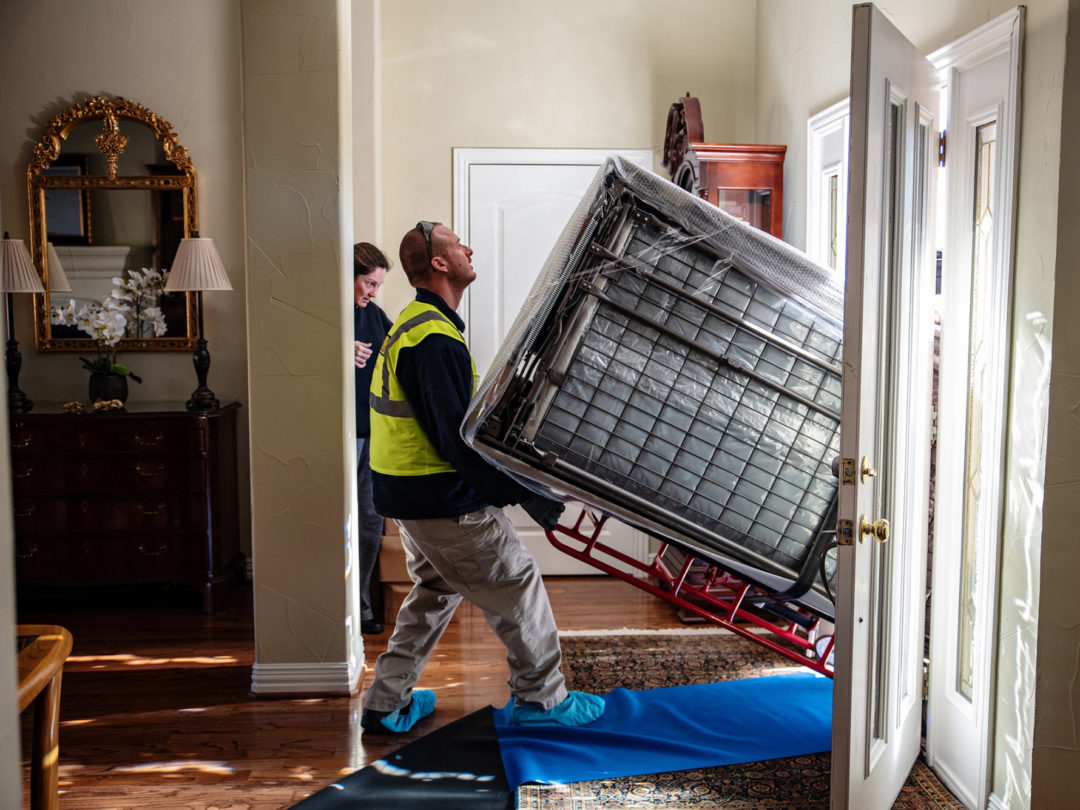
Visit Our Sponsors |
|
|
|
|
|
|
|
|
|
|
|
|
|
|
|
|
|
|
|
|
|
|
|
|
|
|
|
|
|
|
|
|
|
|
|
|
|
|

Customers are buying more items online large and small, and expecting the same delivery experience regardless if it’s shoes or a sofa. However, it’s not so easy when it comes to the handling of large, bulky items such as furniture, exercise equipment and large bags of pet food.
According to eMarketer, U.S. e-commerce sales of furniture and home furnishings grew 18% in 2018. Amazon reported $4 billion in furniture sales in 2017, while Wayfair reported a 44% increase in revenue, to $6.8 billion, for 2018.
Not only do retailers have to deal with rising expectations, they must also manage challenges such as delivery speed, service level, and lack of control over the brand experience provided by their third-party carriers.
Dominant small-parcel providers FedEx and UPS have struggled with the rise of large items entering sorting facilities that were designed for small parcels. As a way to recoup time and cost, both companies have implemented surcharges on top of standard delivery rates. UPS’s over-maximum surcharge increased 1600% from 2012 to 2018, while FedEx’s unauthorized surcharge has risen 445% since 2013.
Besides the use of surcharges, FedEx has opened a 16,000 square-foot package-processing center in its ground service division. It has also introduced a last-mile, white-glove delivery option for large items, dubbed FedEx Freight Direct, available from its less-than-truckload (LTL) unit, FedEx Freight. Delivery of these goods typically requires white-glove treatment, whereby drivers not only bring goods to the final destination, but sometimes assemble the pieces in the home.
Additional LTL, truckload and third-party logistics (3PL) providers have begun offering last-mile delivery of large items, including J.B. Hunt, Averitt, Ryder, uShip, Seko Logistics and XPO Logistics. However, retailers need to be mindful of a few potential limitations, including customer-service capabilities, tracking visibility, type of equipment used, and whether the white-glove providers are adequately trained and certified. In fact, after acquiring a few niche last-mile providers, truckload carrier Schneider National closed its First to Final Mile operation within its truckload division, citing concerns about the unit’s operating performance, “and the assessment that the long-term prospects of that business and its markets were not favorable.”
As retailers look to partner with last-mile delivery providers of large items, they need to understand their delivery options, available service levels and customer-service capabilities.
Outlook
E-commerce now makes up over 11% of total U.S. retail sales. As it matures, consumers are becoming more comfortable ordering all types of items, big and small, online. Retailers will need to work closely with supply-chain partners to ensure transparent last-mile delivery, as well as an exceptional customer experience.
Melissa Runge is vice president of analytical solutions at Spend Management Experts.
RELATED CONTENT
RELATED VIDEOS
Timely, incisive articles delivered directly to your inbox.






